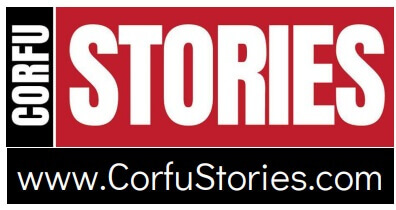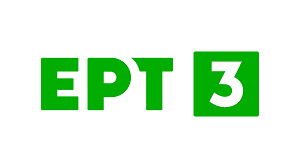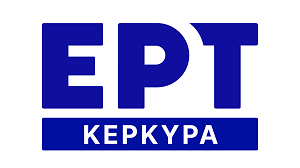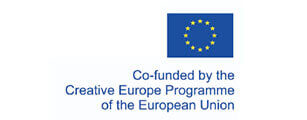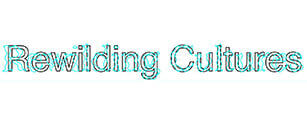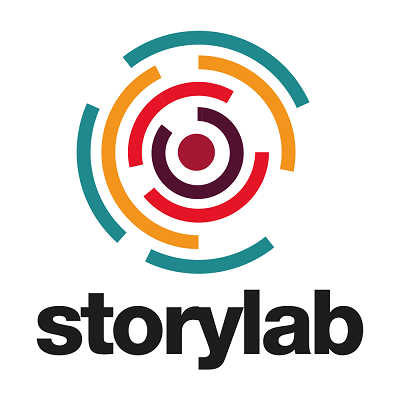1. Summary
Internationalization has always been an objective for stakeholders in cultural industry. During the past years “internationalization” has been almost exclusively related with promoting creation or content to larger audiences. Technological progress and costs reduction in developing Virtual Reality (VR) and Augmented Reality (AR) applications, provides to cultural industry the opportunity to reach global audiences and to enrich their experience (Karafotias et al., 2022; Kargas, Loumos, & Varoutas, 2019).
Current research provides evidence about developing VR and AR tools that can act as internationalization facilitators when it comes to cultural industry. Research conducted during “VARSOCUL” project funded by the European Regional Development Fund (ERDF) as part of the Greek National Scope Action entitled "RESEARCH-CREATE-INNOVATE". The project’s main result, alongside with VR and AR tools developed are presented.
2. Objective
The project’s objective was the development of an augmented and virtual tour guide for cultural industry stakeholders (e.g. Galleries, Museums, Libraries, Exhibitions) as a mean for business internationalization to global audience. Main technological aspects of all applications will be presented, alongside with development’s results. Current paper’ s objective is to provide evidence regarding how VR and AR contributes to cultural industry’s internationalization by leading to its digital transformation (Kargas, Karitsioti, & Loumos, 2019; Kargas & Varoutas, 2020; Loumos, Kargas, & Varoutas, 2018).
3. Theoretical Framework
VR is offering a large variety of capabilities for educational purposes and skills development applications (Fowler, 2015). This potential can be used in formal educational processes as Monahan, McArdle and Bertolotto (Monahan, Mcardle, & Bertolotto, 2008) revealed, as well as in informal learning and for experimental purposes (Goodwin, Wiltshire, & Fiore, 2015). Moreover, it should be taken into account that without VR technologies, formal and informal learning are both inevitable in many cases with high risks or physical restrictions (Ott & Freina, 2015). That is why many museums and institutions have been proved more than willing to adopt VR technologies as a mean of engaging new audiences (e.g. in terms of age) when communicating historical information / content (Liaskos et al., 2022; Wang & Liu, 2019). These technologies seem most appropriate for new generations (e.g. Gen Z) which explore new means to enhance their creativity in both cultural and educational experiences (Christopoulos, Mavridis, Andreadis, & Karigiannis, 2011). Various recent projects confirm the significant relationship (Chrysanthakopoulou, Kalatzis, & Moustakas, 2021; Farazis, Thomopoulos, Bourantas, Mitsigkola, & Thomopoulos, 2019; Jung & tom Dieck, 2017; Soto-Martin, Fuentes-Porto, & Martin-Gutierrez, 2020) between Virtual Reality and 3-D modeling with education on cultural heritage for new generations.
Moreover, there is ongoing research on se of VR storytelling experiences and interactive storytelling experiences in cultural heritage and museums, according to the different forms of digital storytelling (J. F. Barber, 2016). Such forms of digital storytelling can be:
• Oral histories, being the oldest mean of communication, appearing in most media (Levinson, 1999), while digital storytelling has been directly associated with the ancient art of storytelling (Alexander, 2011).
• Podcasting, which includes combination of short videos or images, alongside with voice text and music (J. F. Barber, 2016),
• Locative / Interactive narrative, that are collected from participant of an experience so that to create new cultural content evolving (narrative experiences) constantly evolving and often connected with specific locations (J. Barber, 2013).
• Multimedia, used either in combination either separately, while multimedia digital storytelling experiences developed in the past included text and images, alongside with video, computer graphics and music (Branch, 2012), to create a deeper dimension and further immersion (Alexander, 2011) to end-user who is being transported to a simulated place (Murray, 1997),
• Transmedia, that provide the same subject / story / artefact (narrative experiences) across various media platforms in a way that differentiates from platform to platform, but still connected (J. F. Barber, 2016).
Taking all the above under consideration it is well explained why digital storytelling has been extensively used in video game industry, in several movies and in education as well (Behmer, 2005; Bromberg, Techatassanasoontorn, & Diaz Andrade, 2013; Madej Krystina, 2003), while social media’s expansion to mass audience worldwide to take part in storytelling experiences (Lundby, 2009). Implementing digital storytelling to VR experiences has further helped Virtual Reality market to growth (WEARVR, 2018) and reach not only adults but moreover children aged 8 to 15 years (Yamada-Rice et al., 2017).
4. Methodology
An extensive users analysis coming from previous research works and projects was used (Kargas, Loumos, Mamakou, & Varoutas, 2022; M. Vayanou, Loumos, Kargas, & Kakaletris, 2019; M. Vayanou, Loumos, Kargas, Sidiropoulou, et al., 2019; M. Vayanou, Sidiropoulou, Loumos, Kargas, & Ioannidis, 2020; Maria Vayanou, Antoniou, Loumos, Kargas, et al., 2019; Maria Vayanou, Ioannidis, Loumos, & Kargas, 2018; Maria Vayanou, Sidiropoulou, Loumos, Kargas, & Ioannidis, 2020; Maria Vayanou, Ioannidis, Loumos, Sidiropoulou, & Kargas, 2019).
A two, interconnected strings platform was developed. From the one hand a web platform acting as a repository of digital cultural evidence and on the other hand end-users’ applications for smartphones and headsets/glasses of virtual, augmented or mixed reality. These applications were implemented for Android and IOS for mobile devices, while it included augmented reality as well as virtual reality platforms, such as: a) Oculus, b) SteamVR and c) GoogleVR.
Dr. Antonios D. Kargas (akargas@uniwa.gr) works as an Assistant Professor in the Department of Business Administration in the University of West Attica. He holds a bachelor’s degree in economics from National and Kapodistrian University of Athens, as well as a master’s degree and a Ph.D. degree from the Department of Informatics and Telecommunications in the same University. His research interests include managerial issues related with international business, business management, technological implementation and digital transformation, as well as cost benefit analysis, technoeconomic analysis and applied economics issues. He has more than 30 publications in peer reviewed journals / conferences in the field and more than 300 citations, while he serves as reviewer and co-editor in several international editions. Since 2007 he has worked as a research associate in several universities such as the University of Athens – Hellenic Open University – University of Peloponnese, participating in more than 30 National and European funded projects. He holds significant experience as Economist / Financial Expert, responsible for conducting Cost – Benefit Analysis in several international projects.
Georgios Loumos (gloumos@comic.com.gr) has a Bachelor degree from the Department of Informatics and Telecommunications in the University of Athens and a Master degree in Information Technology in the University of Piraeus. His main scientific interests and his bachelor and master thesis (2005 & 2006) were focus on the area of the techno economic analysis of the telecommunication networks in Greece. Since 2007 he has worked in Accenture as an IT Advisor and since 2009 as an individual ICT expert in several private and public funded projects. He has been a research associate for the Greek Research & Technology Network (GRNET) from 2012 up to 2015. In 2014, he co – founded “Content Management in Culture P.C.” (Comic), a private company activated in the field of IT services and solutions, specializing in the field of culture and creative industries. He participated in the design and the implementation of the digital products of the company and as a product manager after their successful deployments.
Back

